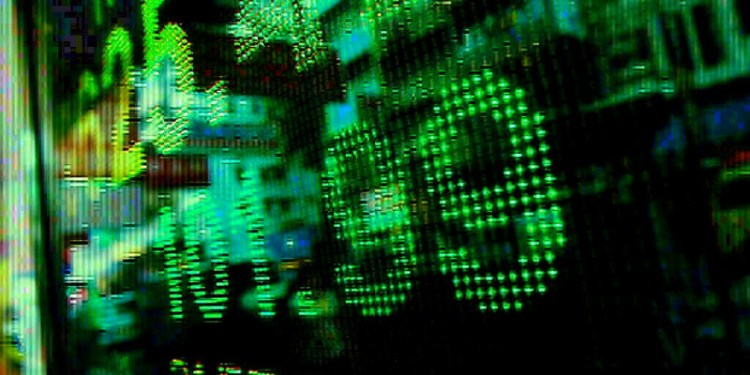Investing.com – U.S. natural gas futures edged lower on Tuesday, pulling back after a strong three-session rally as traders reacted to forecasts showing a return to colder weather after a warm spell in the eastern U.S.
shed 1.7 cents, or around 0.6%, to $2.974 per million British thermal units by 8:55AM ET (1255GMT).
Futures to notch their second-straight winning session.
Cooler temperatures will return during the second half of this week across the east-central U.S. through the weekend after trending warmer last week.
Looking further ahead, weather systems with cooler than normal temperatures will linger across the northern and eastern U.S. through the first week of November.
Bullish speculators are betting that the cold weather will increase early-winter demand for the heating fuel. The heating season from November through March is the peak demand period for U.S. gas consumption.
Meanwhile, market participants looked ahead to this week’s storage data due on Thursday, which is expected to show a build in a range between 62 and 72 billion cubic feet (bcf) in the week ended October 20.
That compares with a gain of 51 bcf in the preceding week, a build of 73 bcf a year earlier and a five-year average rise of 75 bcf.
Total natural gas in storage currently stands at 3.646 trillion cubic feet (tcf), according to the U.S. Energy Information Administration. That figure is 179 bcf, or around 4.9%, lower than levels at this time a year ago and 35 bcf, or roughly 1%, below the five-year average for this time of year.
Analysts estimated the amount of gas in storage would end the April-October injection season at 3.8 tcf due primarily to higher liquefied natural gas shipments abroad. That would fall short of the year-earlier record of 4.0 tcf and the five-year average of 3.9 tcf.
Fusion Media or anyone involved with Fusion Media will not accept any liability for loss or damage as a result of reliance on the information including data, quotes, charts and buy/sell signals contained within this website. Please be fully informed regarding the risks and costs associated with trading the financial markets, it is one of the riskiest investment forms possible.
Source: Investing.com




























